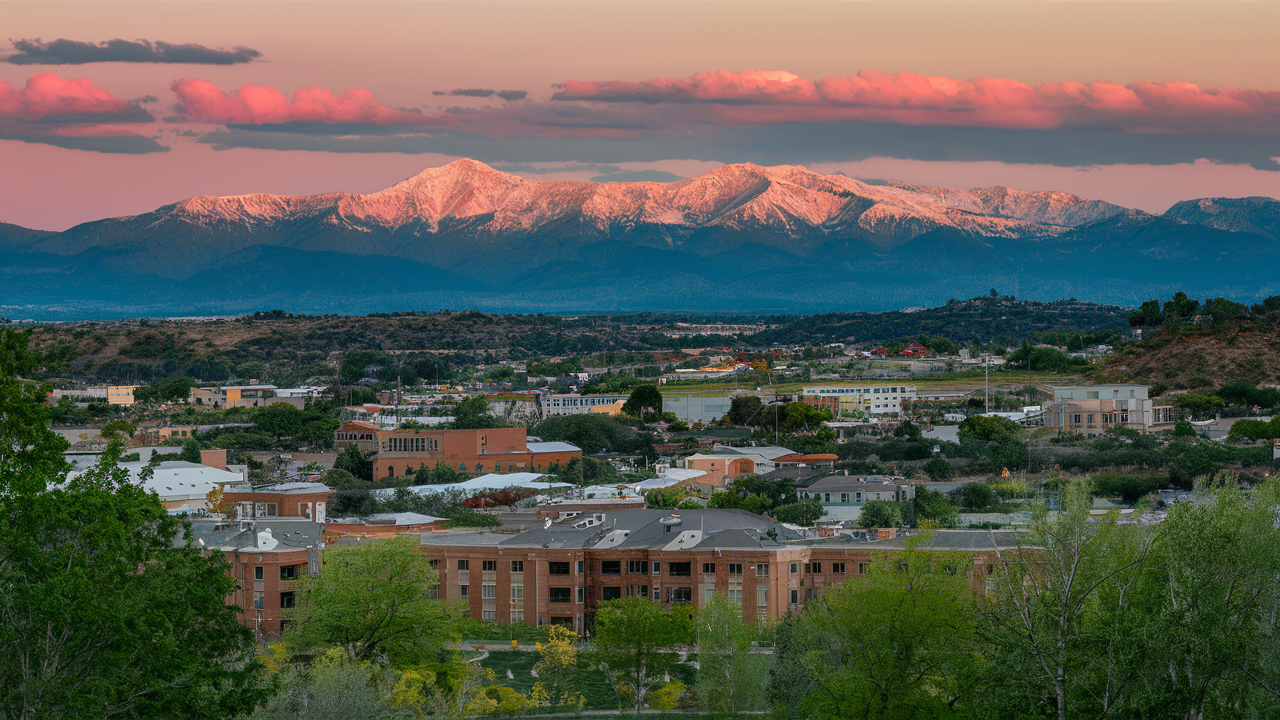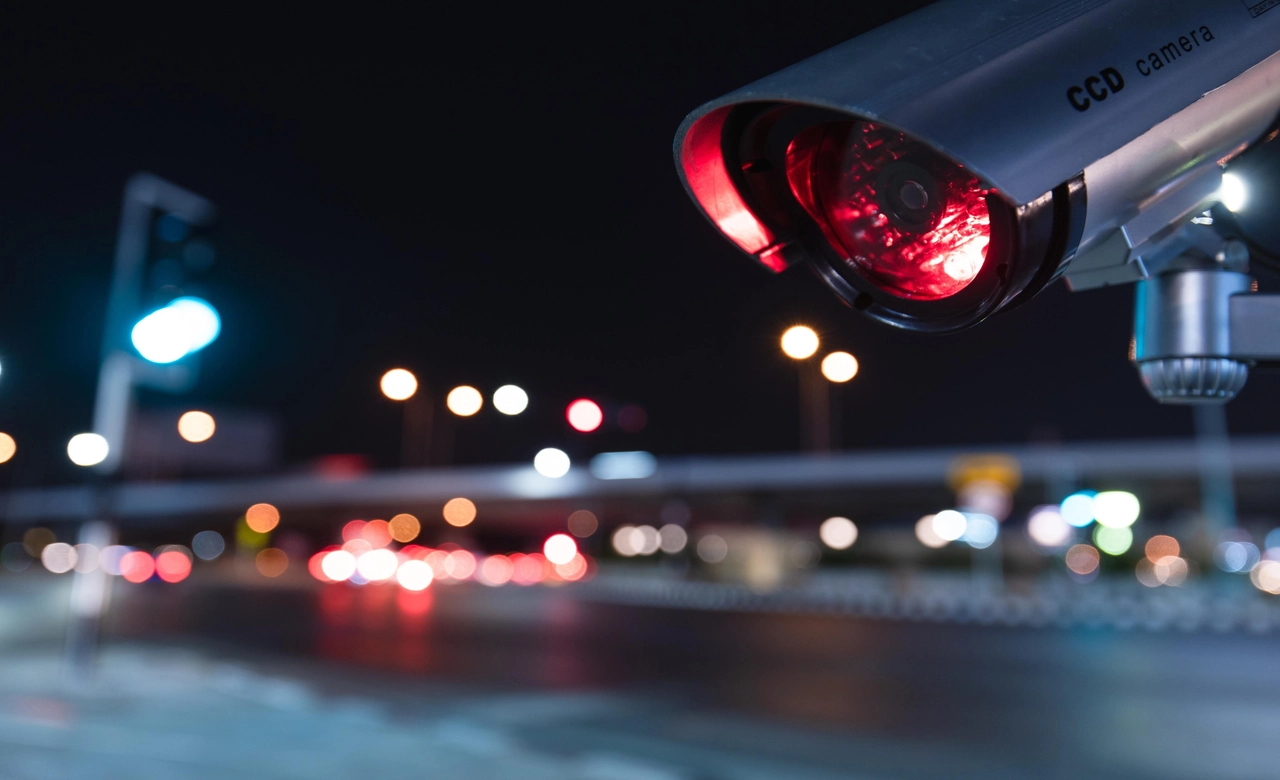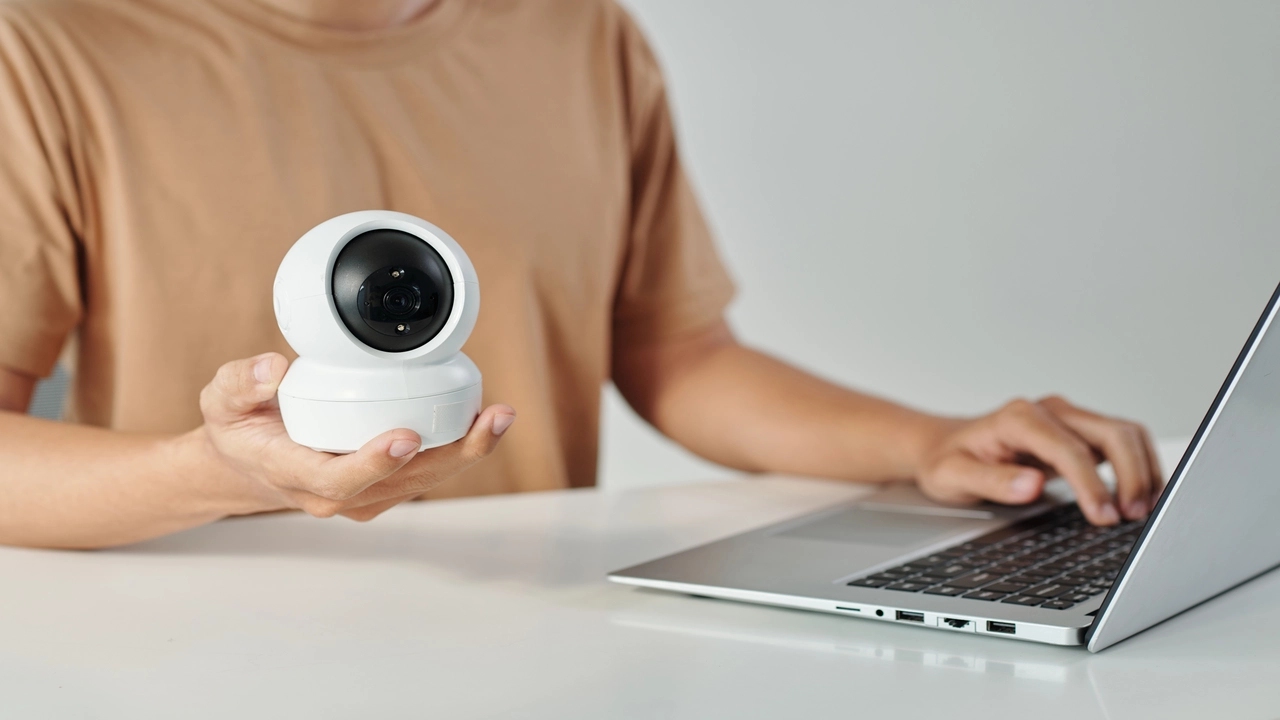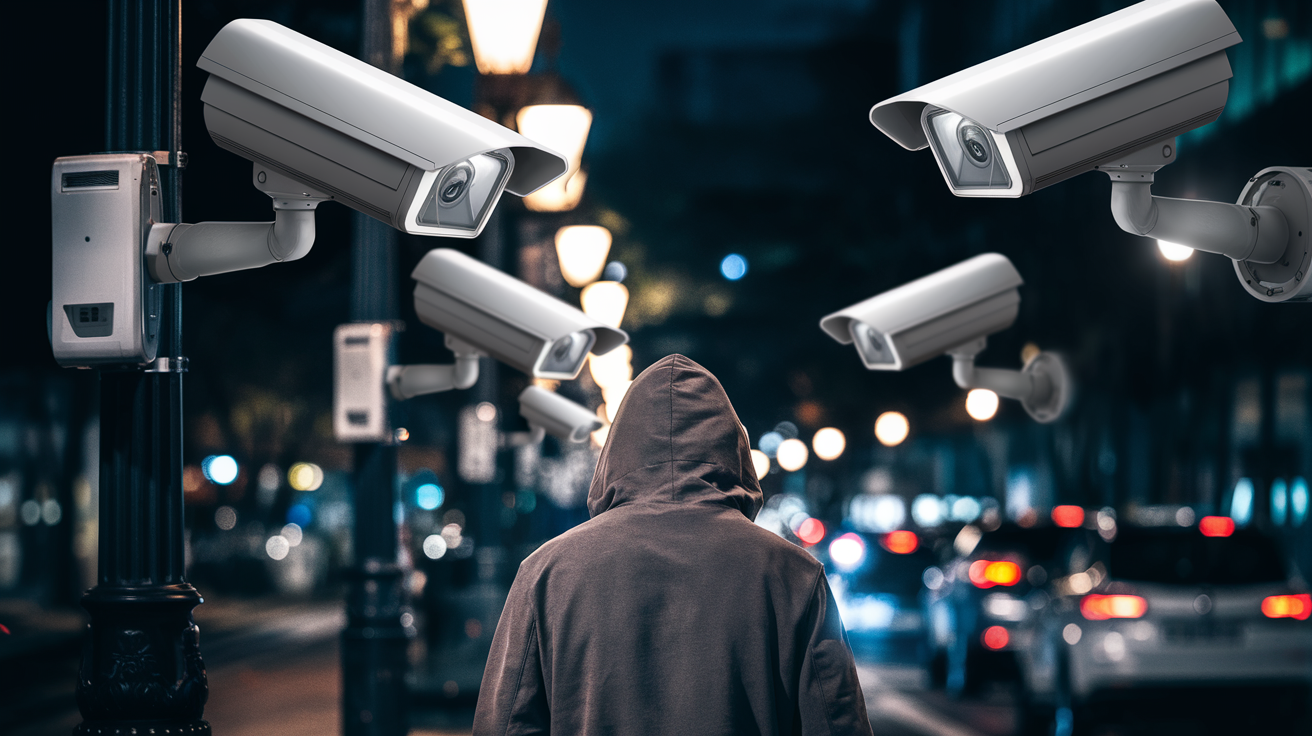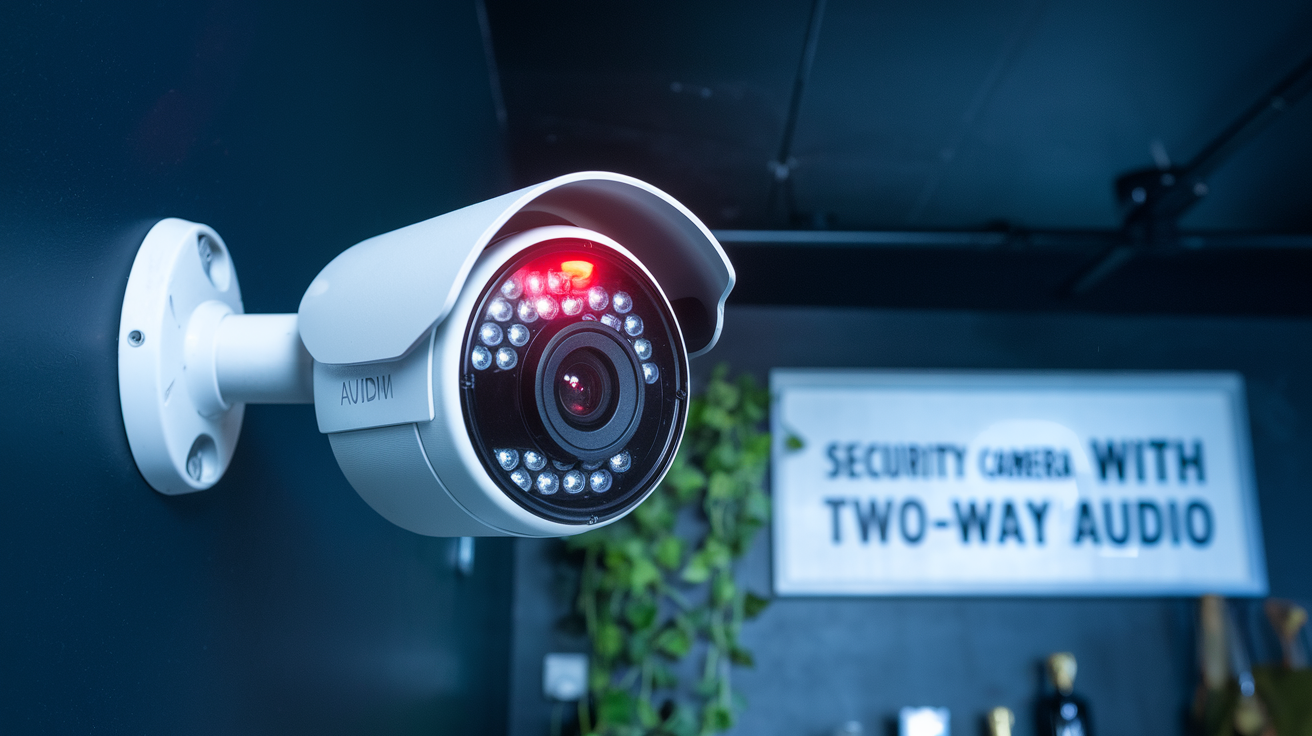There is no doubt that security cameras have become a normal part of daily life and are present in many places today. In stores, offices, apartments, or any other buildings security cameras monitor premises and discourage criminal actions or help solve the incidents that occur. However, do these cameras also capture sound along with the video clips?
The answer is maybe. Still, certain Best Security Cameras do include a microphone and can record sound in addition to video footage. Still, most of the cameras are equipped with video recording functionality but no sound. It is not an advantage or disadvantage in terms of security to have audio recording features in the system depending on the requirements of the security system.
Why Some Security Cameras Include Sound?
There are a few key reasons why certain security camera systems also record audio:
- For recording the spoken words during an occurrence. If an altercation, theft, vandalism, or any other crime occurs within the range of the camera, then the audio recording will be added as evidence of what was said. This can assist authorities to charge and prosecute suspects of such crimes.
- To prevent swearing or harassment, for example. Having cameras that record and keep both video and audio can make people desist from using foul language on other people or the staff.
- For spying on individuals who are believed to be engaged in criminal activities. Some cameras have microphones that can be used to eavesdrop on people who are believed to be planning a crime. However, legal situations and rules regarding eavesdropping differ significantly from one location to another.
Thus, while having audio recording may be beneficial, one has to take care of certain drawbacks of it. Audio is often able to overhear conversations that video will not. Most jurisdictions demand that warning signs should be fixed on the premises, informing people that audio recording is in progress.
Why Many Security Cameras Skip Sound?
However, there are some trade-offs: Most of the current security cameras do not record any sound. There are a few reasons for this:
- Audio does provoke more privacy concerns. Many people and businesses find silent videos less intrusive and are more comfortable with them than moving pictures. CCTV systems that only record visuals do not inadvertently record people’s conversations.
- Compared to text data, audio data takes up more space in terms of storage. Individual videos can also use a lot of data space and it is not uncommon for video files only to take up a lot of space. Incorporating high-quality audio into those videos results in the enlargement of their file sizes to a very huge measurement. This poses significant storage and hardware expenses for high-intensity camera systems.
- Audio quality is more challenging to manage. Many of the security camera mics record a lot of ambient noise and this gets recorded along with the talk. It has been found that the audio quality is not as high as is the case with the purposely designed covert listening devices.
- It must be noted that the inclusion of audio does not enhance security monitoring. For general security purposes, it means that only the video footage is sufficient for monitoring the events taking place in the premises without sound. Audio data may become relevant if analyzing the scene after an event has occurred.
In many applications, the silent video security cameras still perform what they were intended for – observe a given area. Audio taping adds additional expenses and issues that are not needed for basic monitoring purposes in areas such as stores or parking lots. However, audio-enabled camera systems are preferred by high-security domains like banks to have as much evidence as they can in case of any mishap.
Security Camera Audio Regulations
If you do want to use audio recording in your security cameras, it is important to note that rules regarding surveillance generally do address audio separately. In many places, the capture of audio in any form is prohibited without the authorization of all the involved individuals. And audio-enabled systems generally need specific signage to indicate recording in use.
Professional security camera suppliers can guide on existing laws and regulations of audio recording consent and notification laws that apply to your municipality or state. Private premises also require clear rules on the permissible audio data collection and usage.
Special Techniques in Cameras With Audio
Part of the reason for this difference is the way that not all cameras process audio in the same technical manner.
- Built-in microphone vs external mic input: Cheaper models capture sound through a tiny microphone integrated into the case of the camera. Advanced cameras enable users to connect high-end external mics for enhanced sound recording and capture.
- Number of microphones: Some IP cameras designed for large areas use several external microphones to record the sound from all sides. Commonly, lower-end cameras incorporate a single omnidirectional microphone integrated into the device.
- Audio encoding formats: As for the audio encoding of digital security video formats, MP4 or MKV can also include AAC or PCM. It may be that better-quality cameras record audio at a higher quality than cheaper models.
- Audio sync: Cameras with lower video frame rates may experience sync issues with timing on the audio track and the actual clip. Better-performing built-in cameras maintain a more consistent audio-video synchronization.
Thus, it can be stated that camera specs and components affect audio quality. Of course, all these technical features increase the costs of the camera system in comparison with quiet video-only solutions.
Is It Worthwhile to Add Audio to Your Cameras?
Is it worthwhile paying the extra money to get security cameras with a built-in audio recording feature? Like in buying any other technology, it will depend on the requirements and priorities of the buyer.
If high-quality audio recordings can be the difference between having or not having the evidence in a criminal case, the cost is fully warranted. The same applies to places such as a warehouse where there are more chances for verbal rather than physical confrontation.
However, quiet video surveillance is sufficient for many small enterprises and families. The mere act of recording events on cameras that are installed in visually supervised areas has enough use without using audio recording.
It is also important to recall that many modern smartphones and consumer camcorders can record good sounds themselves. Therefore, even if an incident happened, the verbal part may still be documented through phone recordings to complement your silent security camera.
In general, security cameras that have microphones are suitable for some security applications, but many places and situations are perfectly happy with security cameras that only record video. If audio is needed, it should be done in a way that makes sense to the facility or environment so that sound does not become a hindrance. Nevertheless, their added costs and complexity could be overkill depending on the requirements of your projects.
Protect your home today with ADT’s top-rated security solutions!
Call now at +1 877-470-7879 to get a free consultation and find out how you can secure your home with the best in the business. Don’t wait—ensure your peace of mind with ADT!
